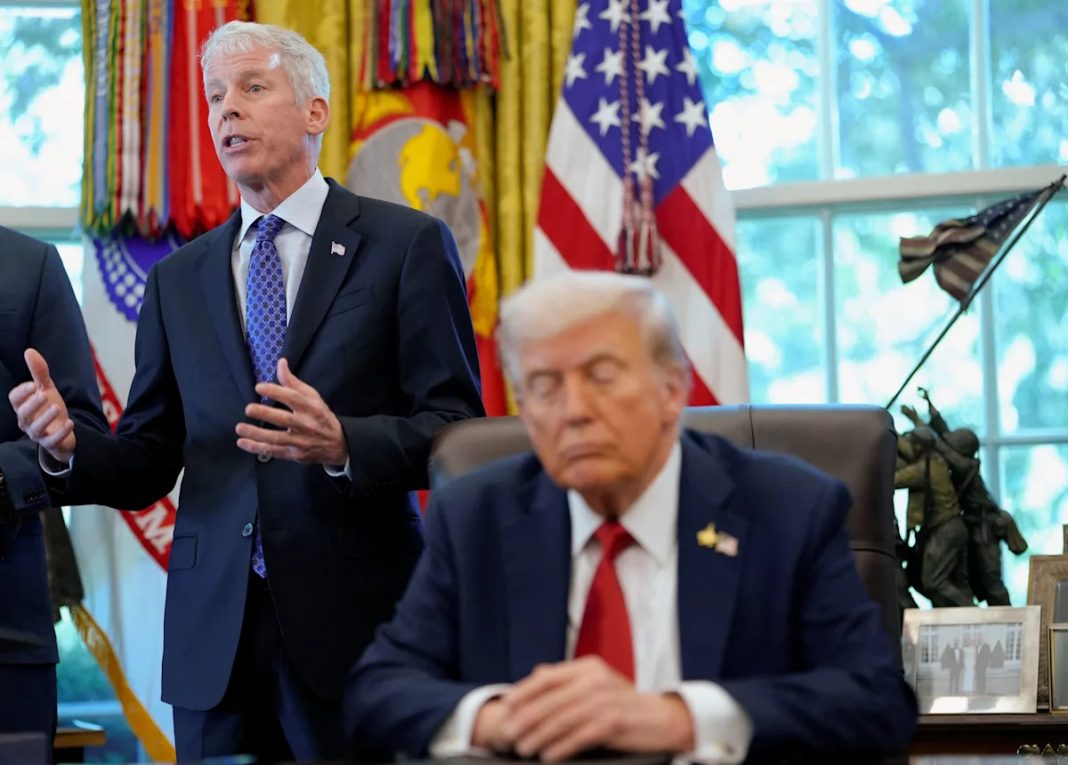The Scoop
The Trump administration is considering cancelling an additional $12 billion in funding for clean energy projects beyond what it announced last week, according to a list of targeted projects reviewed by Semafor.
The “kill list,” as it was described to Semafor by a source who reviewed it, would amount to an escalation of the Trump administration’s assault on clean energy. It’s also a signal that the Trump administration is using the government shutdown as a pretext for accelerating its broader policy agenda, as it looks to turn the page on the Biden era during which the US embraced green energy projects as a way to combat climate change.
The list includes major carbon removal and clean hydrogen efforts that had been approved by the Department of Energy under the Biden administration, such as projects led by major oil and gas companies like Chevron and Occidental.
The projects on this list, combined with a tranche of cancelled funding announced last week and an earlier group of cancelled projects announced in May, bring the total of DOE funding targeted for cuts to nearly $24 billion. However, it’s not clear whether, or when, the full list of cancellations will be enacted, or if President Donald Trump is instead looking to use them as leverage in negotiations over the shutdown.
As the government shutdown drags on, the US Office of Management and Budget has also threatened to withhold back pay for furloughed federal workers. An OMB spokesperson did not immediately return a request for comment.
Know More
The new list of potential cancellations follows a pattern of cuts announced last week that especially took aim at the carbon removal industry. They risk undermining a nascent sector that, aside from its climate benefits, has drawn significant investment from the fossil fuel industry and tech companies.
“If confirmed, the elimination of the megaton carbon removal projects will be a massive setback for American climate and industrial policy,” Erin Burns, executive director of the advocacy group Carbon180, told Semafor. “These projects were never just about carbon — they were about jobs, investment, and the chance to lead in a global climate economy. Cutting them leaves communities in limbo and undermines years of progress.”

